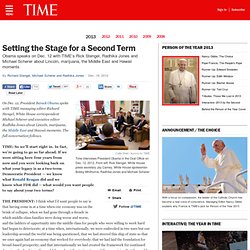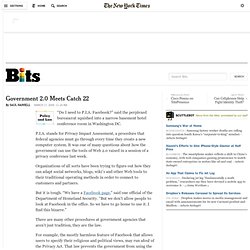

Now is Not the Time to Drill in the Arctic. We’re at a critical moment.

Clean, renewable energy is growing faster than ever before. Here in California, solar panels are sprouting up in neighborhoods all across the state. More and more companies are shifting to 100 percent renewable energy. Just last week, we learned about Tesla’s new home-battery packs, meant to store solar energy. They are now sold out until mid 2016. Yesterday’s headline, however, read like something from another era. Let that sink in for a second. “The Arctic is one of the most beautiful places on Earth — and one of the most forbidding and vulnerable. Dangerous and risky Remember the Deepwater Horizon spill in the Gulf of Mexico back in 2010? Compared to the Arctic, though, the gulf is a breeze.
This is no nightmare scenario. Then, there is climate change. In fact, it is only because of climate change warming the poles that it is now ice-free enough for drilling to even take place. The fight isn’t over Activists are not taking this news lightly. Setting the Stage for a Second Term. On Dec. 12, President Barack Obama spoke with TIME managing editor Richard Stengel, White House correspondent Michael Scherer and executive editor Radhika Jones about Lincoln, marijuana, the Middle East and Hawaii moments.

The full conversation follows. TIME: So we’ll start right in. In fact, we’re going to go so far ahead.
Generalmotors. Solliciteren. What Environmental Leaders Can Learn from Obama’s Mastery of Soc. On January 20, Barack Obama will be inaugurated as the 44th President of the United States after a tough-fought campaign — a campaign won in large part due to harnessing the grassroots power of the Internet.

If Obama can mobilize a community online, environmental leaders can too. What does Obama’s election have in common with the environment? Four things: conviction that change was needed, use of the Internet to mobilize the masses, young people at the nexus, and a community to create a revolution. Key to Obama’s victory, according to a recent Wired article, was the Internet. The inner sanctum with a handful of political junkies was trumped by a gateway for millions of Americans to participate in the campaign process.
How do you use the power of technology and community to make everyone an environmentalist? Government 2.0 Meets Catch 22 - Bits Blog. “Do I need to P.I.A.

Facebook?” Said the perplexed bureaucrat squished into a narrow basement hotel conference room in Washington DC. P.I.A. stands for Privacy Impact Assessment, a procedure that federal agencies must go through every time they create a new computer system. It was one of many questions about how the government can use the tools of Web 2.0 raised in a session of a privacy conference last week. Organizations of all sorts have been trying to figure out how they can adapt social networks, blogs, wiki’s and other Web tools to their traditional operating methods in order to connect to customers and partners. But it is tough. There are many other procedures at government agencies that aren’t just tradition, they are the law.
For example, the mostly harmless feature of Facebook that allows users to specify their religious and political views, may run afoul of the Privacy Act. Mr.